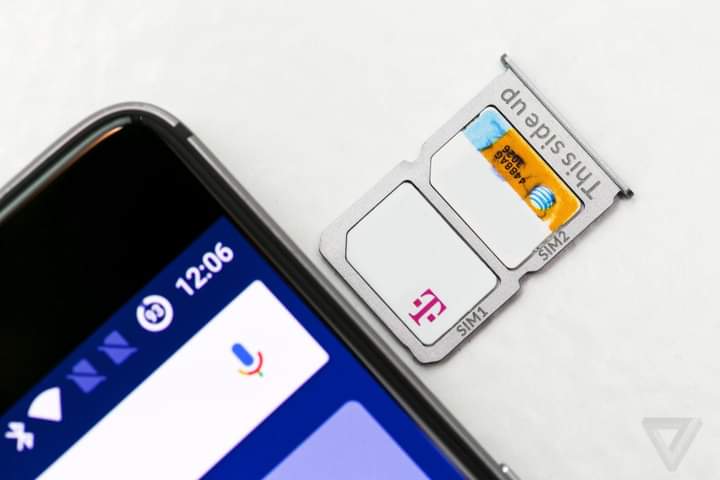BENEFON TWIN: The First Dual Sim Phone In History

Did you know that the first phone to include dual SIM functionality was the Benefon Twin, released by Benefon in the year 2000, and that devices that use more than two SIM cards have also been developed and released, notably the LG A290 triple SIM phone, and even handsets that support four SIMs, such as the Cherry Mobile Quad Q70?
Some mobile phones support use of two SIM cards, described as dual SIM operation. When a second SIM card is installed, the phone either allows users to switch between two separate mobile network services manually, has hardware support for keeping both connections in a "standby" state for automatic switching, or has individual transceivers for maintaining both network connections at once.
Why dual SIM?
Dual SIM phones are mainstream in many countries where phones are normally sold unlocked. Dual SIMs are popular for separating personal and business calls in locations, where lower prices apply to calls between clients of the same provider, where a single network may lack comprehensive coverage, and for travel across national and regional borders. In countries where dual SIM phones are the norm, people who require only one SIM simply leave the second SIM slot empty. Dual SIM phones will usually have two unique IMEI numbers, one for each SIM slot.
It wasn't until the late 2000s, however, when more dual SIM phones entered the marketplace and started to attract mainstream attention, most of them coming from small Chinese firms producing phones using Mediatek systems-on-a-chip.
Such phones were initially eschewed by major manufacturers due to potential pressure from telecommunications companies, but in the early 2010s Nokia, Samsung, Sony and several others followed suit, with the Nokia C2-00, Nokia C1-00 and Nokia C2-03 and most notably the Nokia X, phones from Samsung's Duos series, and the Sony Xperia Z3 Dual, Sony Xperia C and tipo dual. Apple added dual SIM support in its 2018 iPhone XS models, with models sold in China containing two physical SIM slots, and models sold elsewhere supporting dual SIM by means of Embedded-SIM alongside a single physical SIM.
Types of dual SIM Phones
1️⃣ Adapters: Prior to the introduction of dual SIM phones, adapters were made for phones to accommodate two SIMs, and to switch between them when required.
2️⃣ Passive: Dual SIM switch phones, such as the Nokia C1-00, are effectively a single SIM device as both SIMs share the same radio, and thus are only able to place or receive calls and messages on one SIM at the time. They do, however, have the added benefit of alternating between cards when necessary.
3️⃣ Standby: Dual standby phones, such as those running on Mediatek chipsets, allows both SIMs to be accessed through time multiplexing. When making or receiving calls, the modem locks to the active channel; the other channel would be ignored and thus unavailable during the duration of the call. Examples of Dual-SIM Standby smartphones include the Samsung Galaxy S Duos, the Sony Xperia M2 Dual, and the iPhone XS, XS Max and iPhone XR.
4️⃣ Active: Dual SIM active phones or dual active (DSDA) phones, however, come with two transceivers, and are capable of receiving calls on both SIM cards, at the cost of increased battery consumption. One example is the HTC Desire 600.
5️⃣ Unequal connectors: Some telephones distinguish a primary SIM slot that allows for 4G/3G connectivity and a secondary slot limited to 3G/2G connectivity. However, selecting either of the SIMs as primary is usually possible without physically swapping the SIMs. Some phone models utilize a "hybrid" SIM tray, which allows two SIM cards or one SIM card and one MicroSD memory card. Huawei's Mate 20 range introduced a proprietary memory card format known as "Nano Memory", which exactly matches the dimensions of a nano SIM card. Some devices accept dual SIMs of different form factors. The Xiaomi Redmi Note 4 has a hybrid dual SIM tray that accepts one micro SIM card and one nano SIM card, the latter of which can be swapped for a MicroSD card.
Source: Wikipedia
#penglobalfactfile


_1755775186.jpg)
